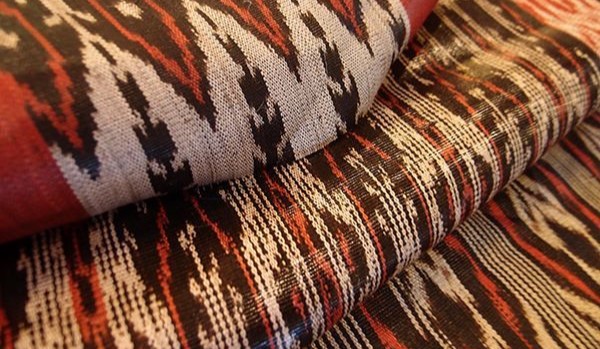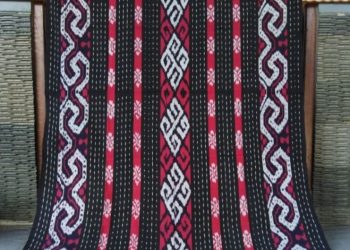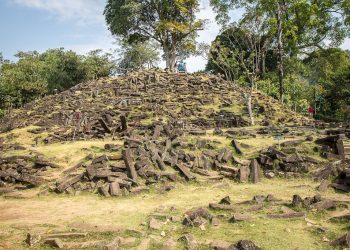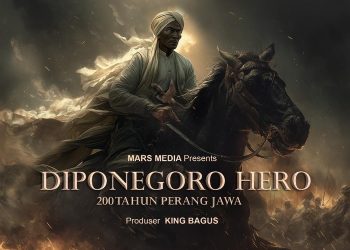Jakarta, Indonesia Sentinel — In the face of fast-changing fashion trends, one piece of cloth has endured both time and shifting tastes: the ulos, a sacred fabric from Batak Toba, North Sumatera. In Batak culture, the ulos is not merely part of traditional attire, it is a spiritual emblem, present from birth to death.
Beneath its symmetrical patterns and bold red-and-black palette lies a tapestry of stories from love, blessings, and a philosophy of life. The Batak Toba have long believed that humans cannot live without three essential sources of warmth: the sun, fire, and the ulos. The cloth serves as a metaphor for the warmth of human affection.
It is no surprise that the giving of ulos marks life’s most important milestones: a newborn’s first days, a couple’s wedding, even the final farewell at death. At weddings, parents drape an ulos over their children as a symbol of love and blessings for the new journey ahead.
Historically, ulos is believed to predate the arrival of major world religions in the Batak highlands. Weaving it has traditionally been the domain of Batak women, passed down through generations. The process follows strict rules for patterns, colors, and rituals before and after weaving. The ulos is not just cloth, it is a prayer woven into every thread.
Each design carries meaning. The “Ragidup” ulos, meaning “life,” is given to those believed to bring hope or fertility. The “Mangiring” is bestowed on infants as a symbol of ancestral protection. The “Bintang Maratur” is offered at weddings to represent harmony in the family. Colors are equally symbolic: red for courage and vitality, black for protection, and white for purity of heart.
The ulos is more than a sacred object; it reflects the Batak Toba’s social structure, spiritual beliefs, and sense of beauty. In rituals, its placement, the giver, the receiver, and the timing of the exchange are laden with symbolic meaning. It represents both vertical ties to ancestral spirits and horizontal bonds within the community.
Today, the ulos has found a place in modern fashion, yet its original meaning remains intact. Each ulos carries the Batak’s collective memory, spiritual heritage, and deep-rooted family values.
(Raidi/Agung)

























